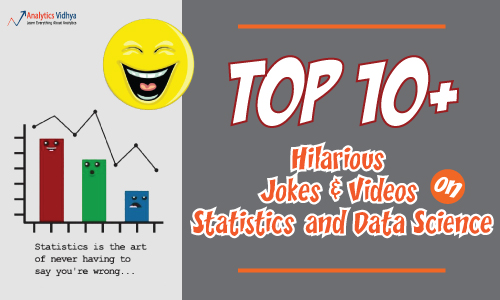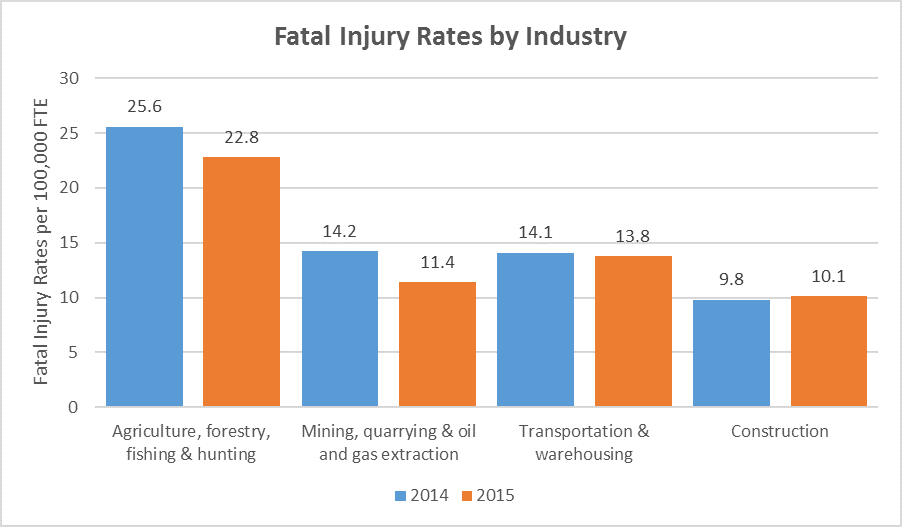-
Gallery of Images:

-
Both data mining and data warehousing are business intelligence collection tools. Data mining is specific in data collection. Data warehousing is a tool to save time and improve efficiency by bringing data from different location from different areas of the organization together. Data Warehousing and Data Mining (90s) GlobalIntegrated Information Systems (2000s) A. 0405 Datawarehousing Datamining 4 Introduction and Terminology Major types of information systems within an organization TRANSACTION PROCESSING SYSTEMS Enterprise Resource Planning (ERP) Customer Relationship Management (CRM) The term Data Warehousing is now commonly used in industry. It refers to a kind of heterogeneous information system one in which the focus is. Data Mining is the computational process of discovering patterns in large data sets involving methods using the artificial intelligence, machine learning, statistical analysis, and database systems with the goal to extract information from a data set and transform it into. Data Mining and Data Warehousing. Data mining requires a single, separate, clean, integrated, and selfconsistent source of data. A data warehouse is well equipped for providing data for mining for the following reasons. An ore mine is excavated and the ore is mined through an elaborate scientific process to extract the useful minerals and metals. A data warehouse is similar to a mine and is the repository and storage space for large amounts of important data. Data warehousing is the process of centralizing. Data mining is a process used by companies to turn raw data into useful information. By using software to look for patterns in large batches of data, businesses can learn more about their. Data Warehousing and Data Mining pdf Notes starts with the topics covering Introduction: Fundamentals of data mining, Data Mining Functionalities, etc Here you can download the free Data Warehousing and Data Mining Notes pdf DWDM notes pdf latest and Old materials with multiple file links to download. Data mining is the process of analyzing data and summarizing it to produce useful information. Data mining uses sophisticated data analysis tools to discover patterns and relationships in large. Sudarshan Krithi Ramamritham IIT Bombay Course Overview The course: what and how 0. A look at the benefits of Data Warehousing Data Mining. Data warehousing can be said to be the process of centralising historical data from multiple sources into one location. knowledge mining which emphasis on mining from large amounts of data. It is the computational process of discovering patterns in large data sets involving methods at the intersection of artificial intelligence, machine learning, statistics, and database systems. Pages: 54 Topic 1 Overview Data Warehousing. Overview: Data warehousing, The compelling need for data warehousing, the Building blocks of data warehouse, data warehouses and data marts, overview of the components, metadata in the data warehouse, trends In data warehousing, emergence of standards, OLAP, web enabled data warehouse, Introduction to the data warehouse project, understanding data. Data Mining is actually the analysis of data. It is the computerassisted process of digging through and analyzing enormous sets of data that have either been compiled by the computer or have been inputted into the computer. Data warehousing is the process of compiling information or data into a data warehouse. A data warehouse is a database used to store data. Both data mining and data warehousing are business intelligence tools that are used to turn information (or data) into actionable knowledge. The important distinctions between the two tools are the methods and processes each uses to achieve this goal. Data mining is the considered as a process of extracting data from large data sets. On the other hand, Data warehousing is the process of pooling all relevant data together. One of the most important benefits of data mining techniques is the detection and identification of errors in the system. We have created a collection of best reference books on Data Mining and Data Warehousing so that one can readily see the list of top books on Data Mining and Data Warehousing and buy the books either online or offline. Data warehousing is the collection and consolidation of data from various sources and business processes under one roof in an orderly manner, to allow easy access to the necessary data when creating reports or analyzing. It is not a requirement to BI, but it is where much of the BI work happens. Data mining is a process of extracting information and patterns, which are pre viously unknown, from large quantities of data using various techniques ranging from machine learning to statistical methods. Basics of Data Warehousing and Data Mining Slideshare uses cookies to improve functionality and performance, and to provide you with relevant advertising. If you continue browsing the site, you agree to the use of cookies on this website. Data warehousing is nothing but organizing the data, coming from multiple sources, in a single storage repository called as data warehouse. Whereas data mining is the process of applying mathematical formulas and algorithms in order to extract hidden pattern and new information from the data present in the data warehouse. This reference provides strategic, theoretical and practical insight into three information management technologies: data warehousing, online analytical processing (OLAP), and data mining. It shows how these technologies can work together to create a new class of information delivery system: the information factory. Data Mining And Data Warehousing, DMDW Notes For exam preparations, pdf free download Classroom notes, Engineering exam notes, previous year questions for Engineering, PDF free download Aiming for the stars? Great, but did you have to build a rocket first. Remember that data warehousing is a process that must occur before any data mining can take place. In other words, data warehousing is the process of compiling and organizing data into one common database, and data mining is the process of extracting meaningful data from that database. The term Data Warehouse was first coined by Bill Inmon in 1990. According to Inmon, a data warehouse is a subject oriented, integrated, timevariant, and nonvolatile collection of data. This data helps analysts to take informed decisions in an organization. An operational database undergoes. Data Mining i About the Tutorial Data Mining is defined as the procedure of extracting information from huge sets of data. In other words, we can say that data mining is mining knowledge from data. Gamper, Free University of Bolzano, DWDM Data Warehousing and Data Mining Introduction Acknowledgements: I am indebted to Michael Bhlen and Stefano Rizzi for providing me their slides, upon which these lecture notes are based. Enterprise data is the lifeblood of a corporation, but it's useless if it's left to languish in data silos. Data warehousing and mining provide the tools to bring data out of the silos and put it. Data analysis and data mining are a subset of business intelligence (BI), which also incorporates data warehousing, database management systems, and Online Analytical Processing (OLAP). The technologies are frequently used in customer relationship management (CRM) to analyze patterns and query customer databases. The app is a complete free handbook of Data mining Data Warehousing which cover important topics, notes, materials, news blogs on the course. Data mining and data warehousing. 1 Discuss the typical OLAP operations with an example. OLAP operationsThe analyst can understand the meaning contained in the databases using multidimensional analysis. By aligning the data content with the analyst's mental model. Data Mining and Warehousing are one of the most talked about topics in recent times in the world of database, business intelligence and software development. A new, comprehensive cloud experience for data warehousing. Oracle Autonomous Data Warehouse Gets QMP Faster Results. QMP surges ahead of the competition to deliver rapid lifesaving patient tests using highly efficient IT and adaptive machinelearning data management with Oracle Autonomous Data Warehouse Cloud. Summary: This collection offers tools, designs, and outcomes of the utilization of data mining and warehousing technologies, such as algorithms, concept lattices, multidimensional data, and online analytical processing. In computing, a data warehouse (DW or DWH), also known as an enterprise data warehouse (EDW), is a system used for reporting and data analysis, and is considered. Data Warehousing and Data Mining make up two of the most important processes that are quite literally running the world today. Almost every big thing today is a result of sophisticated data mining. Because unmined data is as useful (or useless) as no data at all. This module covers the organisation, analysis and mining of large data sets to support business intelligence applications. Students study the principles and commercial application of the technologies, as well as research results and emerging architectures underpinning the analysis and mining of big data. Using Data mining, one can use this data to generate different reports like profits generated etc. Explain the difference between data mining and data warehousing. Data mining is a method for comparing large amounts of data for the purpose of finding patterns. With intelligent data transformations, automatic data visualization and easily repeatable and shared components, Trifacta has helped organizations big and small fulfill the promise of their investment in data warehousing and data mining operations. Data mining is the process of analyzing hidden patterns of data according to different perspectives for categorization into useful information, which is collected and assembled in common areas, such as data warehouses, for efficient analysis, data mining algorithms, facilitating business decision making and other information requirements to ultimately cut costs and increase revenue. But both, data mining and data warehousing have different aspects of operating on an enterprises data. On the one hand, the data warehouse is an environment where the data of an enterprise is gathering and stored in a aggregated and summarized manner. mining is a process of discovering interesting knowledge from large amounts of data stored either, in database, data warehouse, or other information repositories 2. Give some alternative terms for. The actual data mining task is the semiautomatic or automatic analysis of large quantities of data to extract previously unknown, interesting patterns such as groups of data records (cluster analysis), unusual records (anomaly detection), and dependencies. The Data Mining Specialization teaches data mining techniques for both structured data which conform to a clearly defined schema, and unstructured data which exist in the form of natural language text. Data warehousing is a technology that aggregates structured data from one or more sources so that it can be compared and analyzed for greater business intelligence. Data mining tools and techniques can be used to search stored data for patterns that might lead to new insights. Furthermore, the data warehouse is usually the driver of datadriven decision support systems (DSS), discussed in the following subsection. Oracle Data Mining performs data mining in the Oracle Database. Oracle Data Mining does not require data movement between the database and an external mining server, thereby eliminating redundancy, improving efficient data storage and processing, ensuring. data mining and data warehousing 1. Overview of Data Mining: Generally, data mining (sometimes called data or knowledge discovery) is the process of analyzing data from different perspectives and summarizing it into useful information information that can be used to increase revenue, cuts costs, or both. Data mining, the extraction of hidden predictive information from large databases, is a. Data Warehousing: Data Mining: It is a process which is used to integrate data from multiple sources and then combine it into a single database. It is the process which is used to extract useful patterns and relationships from a huge amount of data. Note that this book is meant as a supplement to standard texts about data warehousing. This book focuses on Oraclespecific material and does not reproduce in detail material of a general nature. Two standard texts are: The Data Warehouse Toolkit by Ralph.
-
Related Images:











